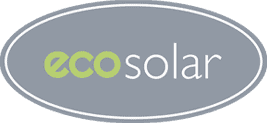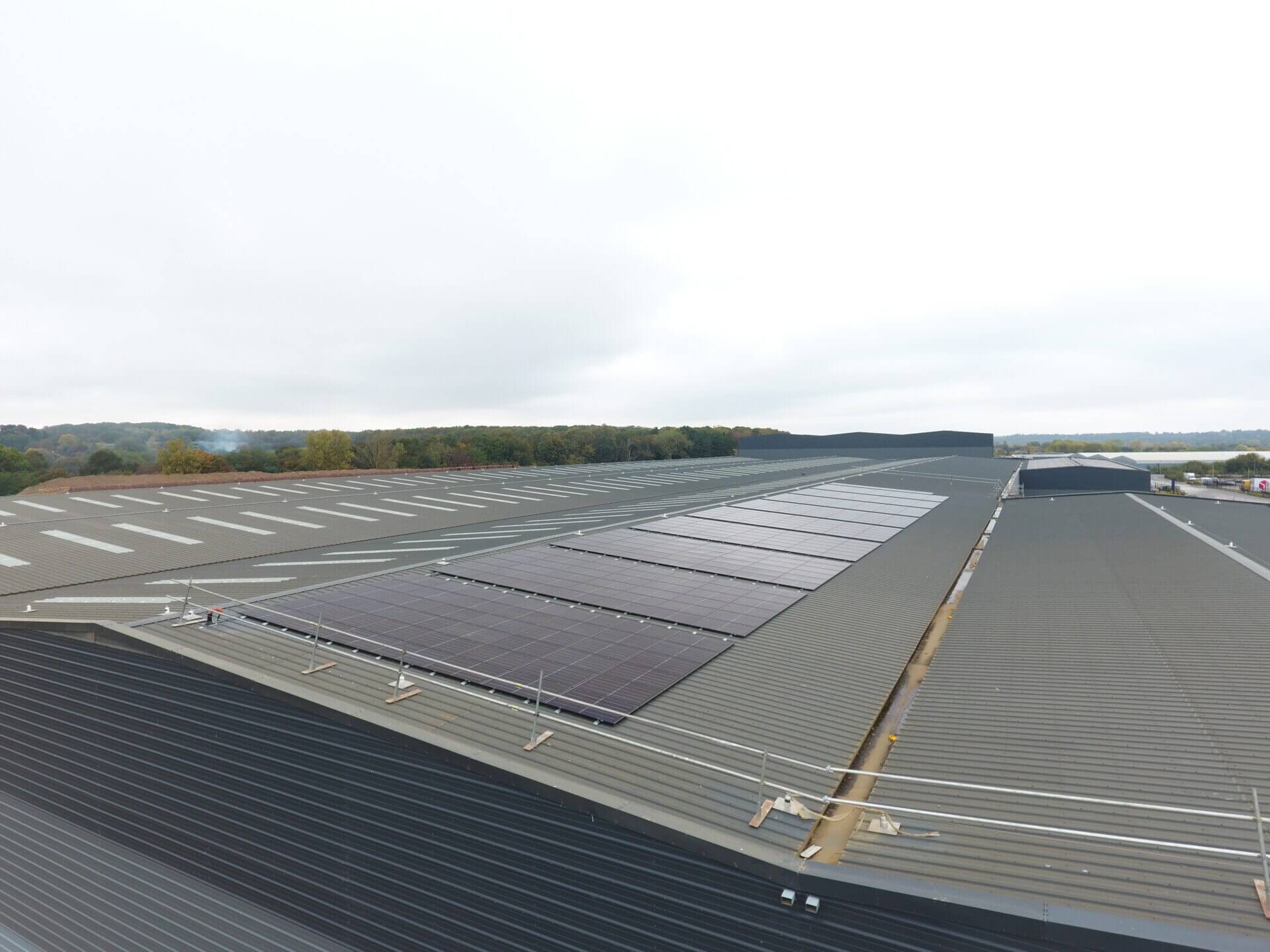In recent years, the renewable energy landscape has seen remarkable advancements, with solar power standing at the forefront. However, the question remains, how can we further enhance solar energy’s efficiency and reliability?
Enter the dual forces of Artificial Intelligence and the Internet of Things. These cutting-edge technologies are revolutionising how we monitor, maintain, and optimise solar performance, ensuring that solar power systems operate at peak efficiency while minimising operational costs.
This blog post will explore how AI and IoT are transforming solar energy, offering valuable insights for businesses and stakeholders eager to harness this powerful synergy.
Enhanced Monitoring and Data Analytics
One of the most significant contributions of AI in solar power is its ability to revolutionise monitoring and data analytics. AI algorithms can analyse vast amounts of real-time data from solar panels, pinpointing any inefficiencies and identifying potential issues quicker than traditional methods. This capability allows operators to address problems before they escalate into significant disruptions, ensuring optimal performance and longevity of solar systems.
Further bolstering this analytical prowess, IoT sensors can be strategically deployed across solar installations to collect granular data on solar irradiance, temperature, and overall system performance. This rich data stream allows for a deeper understanding of environmental and operational conditions, paving the way for targeted optimisations. By continuously monitoring these variables, solar operators can make informed decisions swiftly, improving both efficiency and output.

Together, AI and IoT create a symbiotic relationship where data-driven insights drive smarter operations. The enhanced monitoring capabilities enable operators to maintain peak performance, providing a stable and reliable energy source for consumers and businesses alike.
Predictive Maintenance
Maintenance has always been a critical factor in the durability and efficiency of solar power systems. AI brings a new dimension to this process through predictive maintenance, which anticipates equipment failures before they occur. By analysing historical performance data, AI can identify patterns that signal potential malfunctions, allowing for proactive interventions that minimise downtime.
Predictive maintenance not only reduces unexpected breakdowns but also slashes maintenance costs by targeting issues before they escalate. With machine learning models continually learning from new data, their predictive accuracy improves over time, enhancing the reliability of solar installations.
This proactive approach ensures that solar systems remain efficient and dependable, minimising interruptions and extending the lifespan of equipment. By leveraging AI’s predictive capabilities, operators can maintain a high standard of service while reducing the operational burden.

Performance Optimisation
Optimising performance is crucial to maximising the benefits of solar energy, and AI plays a pivotal role in this domain. AI can dynamically adjust the operation of solar inverters and trackers based on real-time conditions and weather forecasts. This adaptability ensures that solar panels capture the maximum possible sunlight, boosting energy output without manual intervention.
Furthermore, advanced algorithms enable AI to optimise energy storage and usage, improving self-consumption rates for businesses. By intelligently managing the flow of electricity, AI ensures that stored energy is used efficiently, reducing reliance on grid power and lowering energy costs.
The ability to optimise performance in response to changing conditions enhances the value proposition of solar energy, making it an even more attractive option for businesses seeking sustainable solutions. With AI-driven performance optimisation, solar power becomes a mighty force in the quest for a greener planet.
Automated Reporting and Insights
In today’s data-driven world, actionable insights are vital for making informed decisions. AI excels in this area by generating automated reports that provide comprehensive insights into system performance. These reports empower stakeholders to assess the health of their solar installations and make data-backed decisions about energy management.
User-friendly dashboards visualise performance data, making it easier to track key performance indicators and identify trends. This accessibility ensures that stakeholders can easily interpret complex datasets, fostering better collaboration and strategic planning.
Automated reporting not only saves time but also enhances transparency and accountability. By delivering clear and concise insights, AI ensures that all stakeholders have a shared understanding of system performance, facilitating effective communication and decision-making.
Smart Energy Management Systems
AI’s potential extends beyond individual solar installations, influencing broader energy consumption patterns. By integrating AI with smart energy management systems, operators can optimise energy use based on solar production forecasts. This alignment ensures that energy consumption matches peak solar production times, enhancing overall efficiency and reducing waste.
Furthermore, AI enables demand response capabilities that adjust energy use in response to grid conditions and consumer needs. This flexibility allows operators to balance supply and demand effectively, supporting grid stability and reducing pressure on the energy infrastructure.
Smart energy management systems offer a holistic approach to energy consumption, ensuring that every kilowatt-hour is utilised effectively. By integrating AI, these systems become adaptive and responsive, aligning energy use with production for maximum efficiency.
Remote Monitoring and Management
Gone are the days when maintenance teams needed to be physically present to diagnose and resolve issues. AI-driven platforms facilitate remote diagnostics and troubleshooting, reducing the need for on-site visits and expediting response times.
IoT connectivity allows solar assets to be monitored in real-time, providing operators with instant access to performance data.
This connectivity ensures that any deviations from optimal performance are quickly detected and addressed, minimising downtime and maintaining energy output.
Remote monitoring and management capabilities empower operators to maintain control over their solar installations from anywhere, streamlining operations and enhancing system reliability. With AI and IoT, distance is no longer a barrier to efficient solar management.

Integration with Other Renewable Sources
The future of renewable energy lies in its integration, and AI holds the key to managing hybrid systems effectively. By combining solar power with other renewable sources such as wind or hydroelectric, AI optimises the overall energy portfolio, balancing generation and consumption across multiple sources.
AI algorithms can dynamically allocate energy resources based on demand and availability, ensuring that all available energy is utilised efficiently. This adaptability supports grid stability and maximises the overall contribution of renewable sources to the energy mix.
The integration of AI with other renewable sources paves the way for a diversified and resilient energy future. By harnessing the strengths of each energy type, AI ensures a steady and reliable supply of clean energy for generations to come.
Future Trends and Innovations
The intersection of AI and solar energy is a fertile ground for innovation, with emerging trends poised to reshape the industry further. One such trend is the use of blockchain technology for energy trading, enabling secure and transparent transactions between energy producers and consumers.
AI-driven autonomous systems also hold promise in solar installation and maintenance. These systems can assess sites, install panels, and perform routine maintenance tasks with minimal human intervention, reducing costs and improving efficiency.
These innovations represent the next frontier in solar energy, offering exciting possibilities for enhancing performance and reducing environmental impact. By staying abreast of these trends, stakeholders can position themselves at the cutting edge of the renewable energy revolution.
Conclusion
The integration of AI and IoT technologies is transforming the solar energy landscape, driving enhancements in monitoring, maintenance, and efficiency. By leveraging these innovations, solar operators can optimise performance, reduce costs, and contribute to a more sustainable energy future.
For businesses and stakeholders eager to harness the full potential of solar energy, the time to act is now. By adopting AI-driven solutions, organisations can achieve significant improvements in efficiency and reliability, driving greater adoption of renewable energy and advancing the global transition to a greener future.
Explore the possibilities of AI in solar energy today and take the first step towards a brighter, more sustainable tomorrow.
Call us on 01455 552 511 or email us at enquiries@ecoukgroup.com for more information on the role of AI In Optimising Solar Performance.

